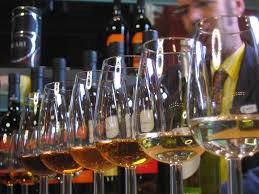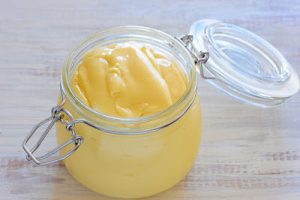Author Profile
-
Launched in 2014 The Málaga Food Guide continues to be the Leading Gourmet's Guide celebrating the vibrant and eclectic Food & Lifestyle scene in Málaga Province - quantified by our Users, Web Traffic & Search visibility on both Google & Bing
Daily Food & Drinks News together with our latest Restaurant Reviews, Food Events, our Guest Chef´s Seasonal Recipes with Lifestyle, Health, Wealth and Motoring Features ...SALUD!
Latest entries
- July 11, 2024Cheats MayonnaiseFOOD HACKS: Cheats Homemade Mayonnaise in minutes
- July 11, 2024PicnicsSEASONAL RECIPE: Spanish Themed Picnic Quiche
- July 9, 2024DrinksDRINKS: White Wine Sangria – Super Summer Cooling!
- July 9, 2024Seasonal Spanish RecipesSEASONAL SPANISH RECIPE: Traditional Gazpacho served ice cold for those hot summer days







